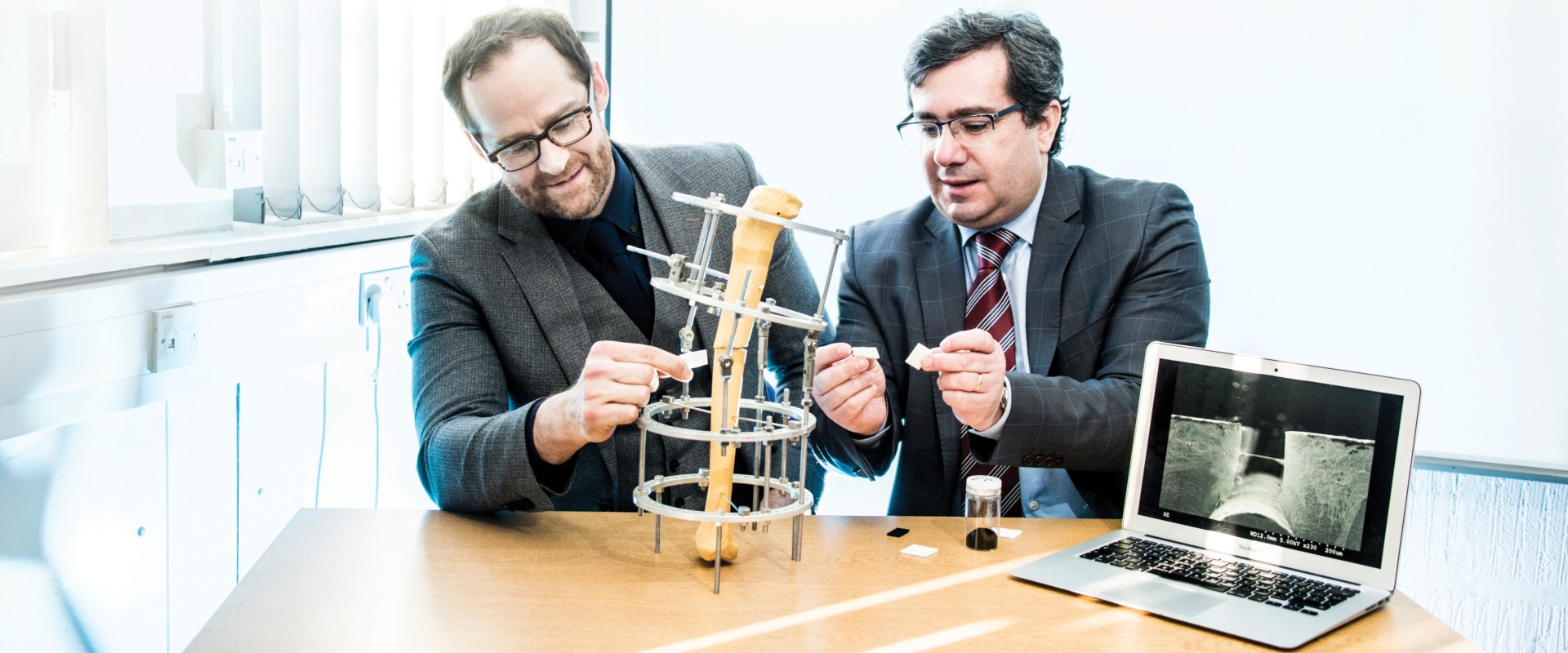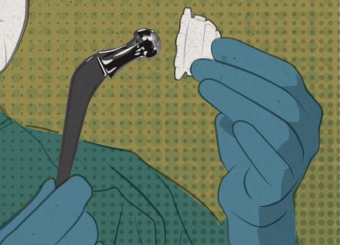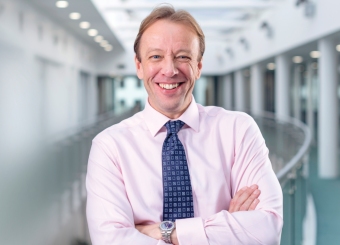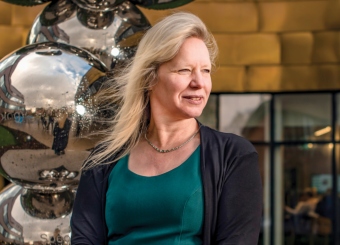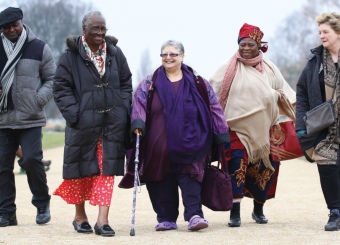A team of engineers at Manchester is developing a revolutionary Lego-like system in bone repair that could have a huge impact on the way health care is delivered in developing countries.
Think of small building bricks, and most of us would picture Lego, a toy with which we can assemble fun, imaginative structures. But a Manchester team is seeing a bigger picture – one where materials like these can save limbs.
‘Bone bricks’ is a project being led by biomaterials expert Professor Paulo Bartolo along with his colleagues Dr Glenn Cooper, Dr Andy Weightman and limb-injury expert Mr Amer Shoaib. The aim of the research is to develop a new method of treatment where a substantial length of bone has been lost from a limb.
This innovative project will target patients within the Syrian refugee community currently residing in Turkey. It’s hoped that this technique will provide a dramatically improved medical response (with lifelong benefits) to limb injuries in challenging environments such as crisis or combat situations. At the moment, amputation is unfortunately the most likely outcome in many of these cases.
Saving limbs and lives
The treatment uses medical scaffolds, made up of polymer and ceramic materials, which can be clicked together, creating a degradable structure that will allow new tissue to grow.
“With many blast injuries, the bone defects are totally impossible to heal. What we will do is create a structure using bone bricks to fill the gap,” Professor Bartolo explains.
“This structure will support the load like a normal bone, induce the formation of new bone and, during this process, the bone bricks will dissolve.”
Their vision for the project is for the bone bricks to be bespoke to each patient.
“The idea is that the surgeon can open a bag of bricks and piece them together to fit that particular defect and promote the bone growth,” Dr Weightman says.
“We’ll develop software to allow the clinician, based on the information on the bone defect, to select the exact number of bone bricks with the specific shape and size and information on how to assemble.”
“Like Lego instructions!” Professor Bartolo and Dr Cooper add in unison.
The team are working in partnership with the University of Portsmouth and Sabanci University in Turkey, funded by the Engineering and Physical Sciences Research Council’s Global Challenges Research Fund.
It just shows what’s possible when a university and hospital work together.
A surgeon's view
Mr Amer Shoaib is the clinical consultant on the project and is perfectly placed to provide advice and information required during the project’s development. Not only does he have the expertise as a limb injury expert working as a consultant orthopaedic surgeon at various hospitals in Greater Manchester, but he has vast experience as a volunteer at Syrian refugee camps in Turkey.
“Sadly, there are frequent situations where amputation is needed. In the Syrian refugee camps, they do not have access to the same medical facilities we do,” Amer explains.
“The urgency with which we need to address this is much greater now. If you look at the way people were injured 100 years ago, 90% were the military and 10% were civilians. It’s now the other way around.”
Dr Cooper adds: “Amer is an amazing person. We are working with someone who’s seen these problems before and is on hand to deal with them. You never know when this type of research will be used.
“Unfortunately Manchester had a big problem with blast injuries as a result of the Manchester Arena attack in 2017. Amer was one of those operating on the victims. The kind of technology we’re developing would’ve been really helpful for those victims.
“That will be the long-term hope with the project – that bone bricks not only help in the refugee crisis but in lots of health care situations, both in developed and underdeveloped countries.”
Innovation through collaboration
In the short-term, Amer is intent on helping the project succeed in order to address this immediate clinical need.
“There are so many disabled people as a result of war and just to get one person back on their feet is the only motivation I need,” he explains.
“I’m immensely proud to be a part of this research and I’m really excited about its potential. It just shows what’s possible when a university and hospital work together, and there is so much scope for similar work to be done in the area of biomaterials which can have a direct impact on the way health care is administered in the developing world.”
The University of Manchester is committed to conducting world-leading research and addressing global inequalities. Bone bricks embodies both of these goals and, if it can lead to further development of emergency health care in the developing world, it could bring hope to a Syrian refugee community in dire need while their country rebuilds, brick by brick.

